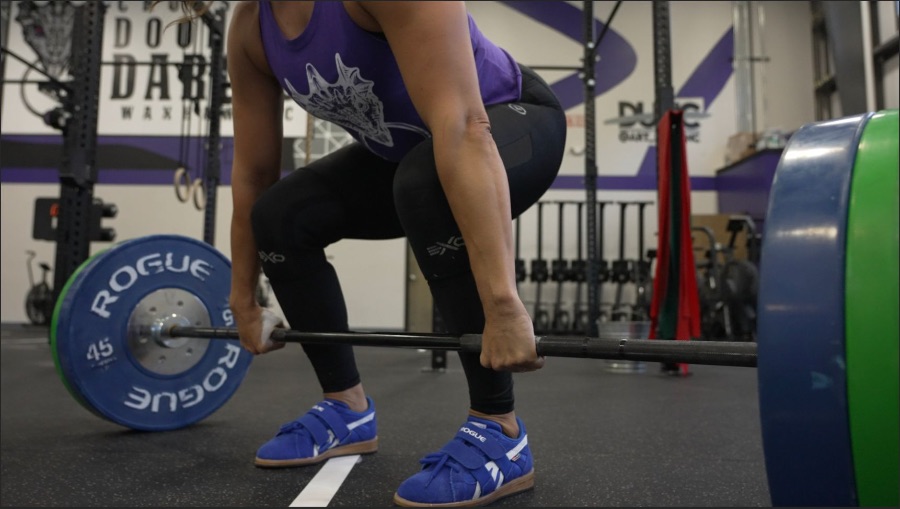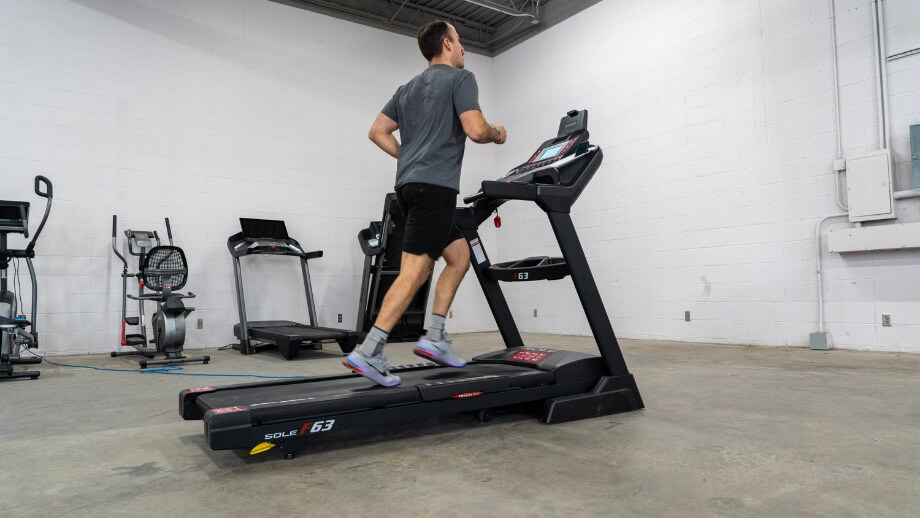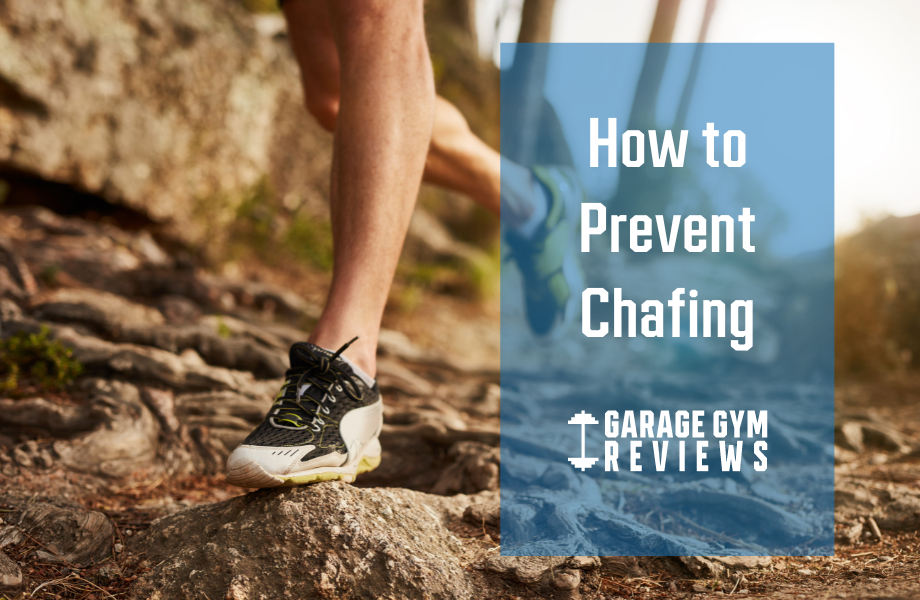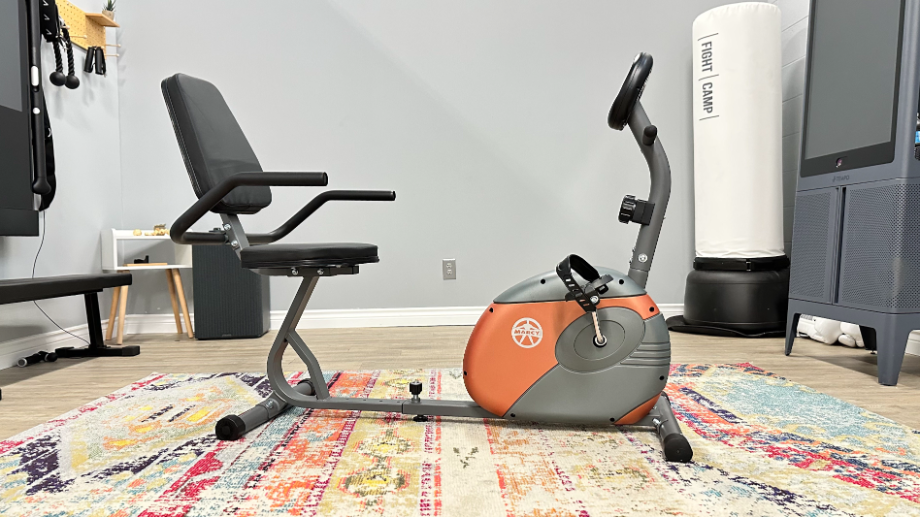Why do you work out?
It’s a deeply personal question, and no one answer is truly identical to another. There are some overarching reasons, however, for why people sweat it out on the reg, the most common of which include weight loss, gaining strength or muscle, improving athletic performance, or supporting overall better physical health and well-being.
There’s no “wrong answer” for why you might exercise. Depending on your personal goals, one type of strength training might be more conducive to achieving your goals than other types.
The American Council of Exercise1 defines seven different types of strength training, each supporting a different functional application.
Each type contributes to some improvement in your physical fitness, athletic abilities, or overall well-being, but each type is vastly different from the others. That’s why a track runner and an NFL linebacker, though both are “strong” and “fit,” often look totally different. They often train differently as well.
What type of strength training will support your goals?
Let’s start with an overview of the seven different types of strength before diving into which will suit your fitness goals best.
1. Agile Strength
ACE describes agile strength as “the ability to decelerate, control and generate muscle force in a multiplanar environment.”
Put simply, it’s your ability to move an object, whether it’s a free weight, a gallon jug of milk, or your 35-pound toddler, in a variety of directions with control and precision.
Agile strength is the reason you’re able to pick up the jug of milk, pour a glass, turn back toward the fridge, and place it down gently on the shelf. It’s why you’re able to scoop up that toddler and plop them into the car seat, even if they’re kicking and screaming the whole time.
Goosfraba, fitness friend. Deep breaths.
2. Strength Endurance
Strength endurance refers to your “ability to maintain muscular contractions or a consistent level of muscle force for extended periods of time.”
Whereas lifting a heavy load once requires one type of strength, strength endurance is required for lifting lesser weights and completing a high number of repetitions or, sometimes, no repetitions at all, as simply holding the weight often suffices to build muscular endurance.
Strength endurance is what you use to lug the groceries from the car to your kitchen counter in a single trip. It’s the kind of strength you use when you’re pushing a lawn mower or scrubbing your shower tiles.
RELATED: 10 Cross Training Exercises For Endurance Athletes
3. Explosive Strength
ACE describes explosive strength as “produc[ing] a maximal amount of force in a minimal amount of time.” It is characterized by beginning with muscle lengthening followed by a sudden and powerful acceleration during the shortening stage, focusing on speed throughout the range of motion.
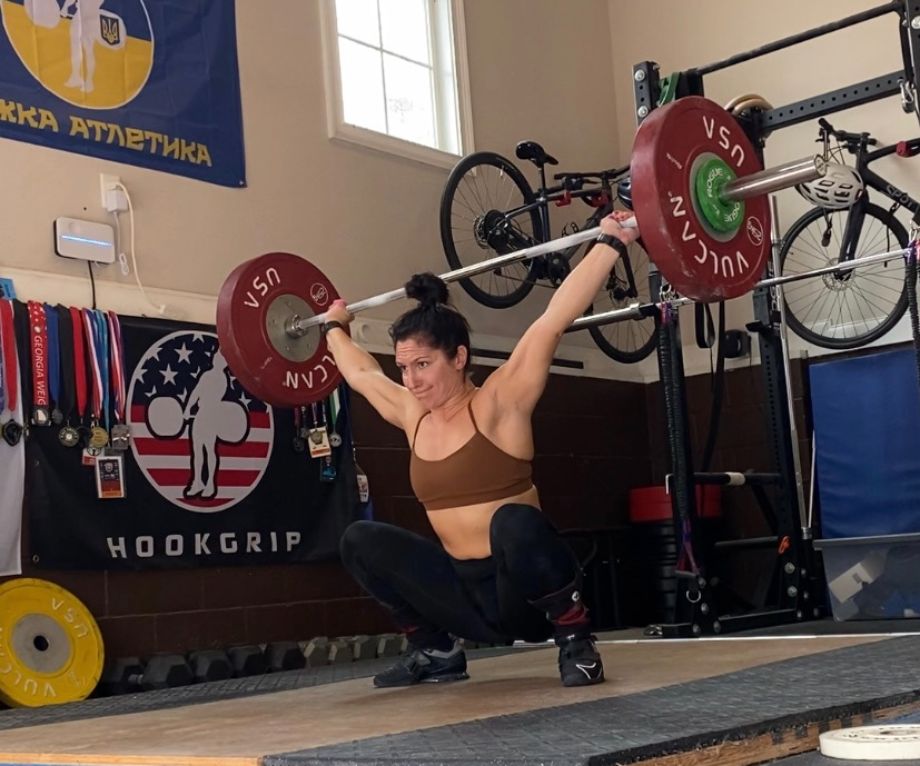
A perfect example of explosive strength as Olympic lifts like the clean and jerk or snatch. You can’t muscle that barbell overhead with just brute strength. Well, actually you can, but doing so presents incredible risk of injury and it’s not the right way to do things.
Instead, you must use your body to execute a very specific chain of events, recruiting various muscle groups, to explosively thrust that weight to where it needs to go. If executed properly, it all happens in the blink of an eye.
4. Maximum Strength
As the name suggests, maximum strength refers to your threshold, your limit, your one-rep max, your be-all-end-all ability on any specific exercise or lift. ACE defines it as “the ability of a muscle or specific group of muscles to recruit and engage all motor units to generate maximal tension against an external resistance.”
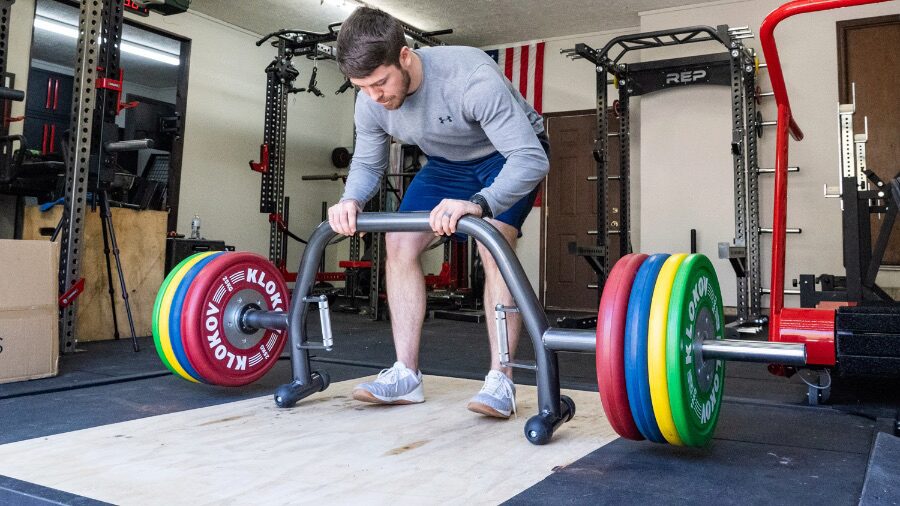
You usually see this type of strength in practice when you shoot for a PR on your deadlift or squat. Powerlifters and strongman athletes generally call on this type of strength frequently during training and at competitions.
You might call on your maximum strength when you agree to help your friend move and find yourself lifting one end of a grand piano to place it on a dolly. Lift with your legs!
RELATED: Want To Lift Heavier? 6 Steps To Moving More Weight
5. Relative Strength
Relative strength refers to the “amount of force generated per unit of bodyweight.”
For example, it’s impressive to see a 225-pound bodybuilder press a 200-pound barbell over their head. Likewise, it is arguably more impressive, and requires more relative strength, to do the same if you are a 165-pound individual.
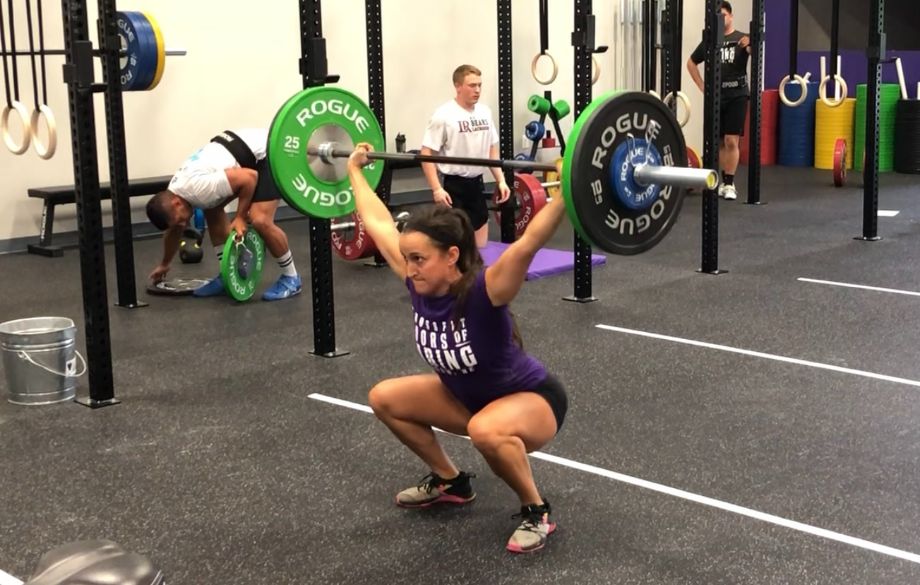
Improving your relative strength is a great way to improve your, as CrossFit refers to it, “general physical preparedness.” It’s a way to ensure you have the strength to perform activities of daily living with ease.
6. Speed Strength
ACE refers to speed strength as “the maximal force capable of being produced during a high-speed movement.”
It’s the type of strength you rely on when swinging a golf club. It’s how fast you sprint off the line to catch the Hail Mary on 3rd-and-long. It determines how fast you react to that grounder flying toward third base, enabling you to make the play and beam the ball to first in time for the out.
Speed strength improves your reaction time and enhances your overall athletic performance.
7. Starting Strength
Whereas speed strength refers to the quickness of your reaction, starting strength refers to the power generated from a stationary position.
Remember our examples of sprinting off the line during a football play and fielding a grounder in baseball? Your speed strength determines how fast you are able to produce a neuromuscular response and begin movement, while starting strength refers to how powerful the response will be. As ACE describes it:
“An isometric contraction creates tension, which allows the surrounding elastic fascia and connective tissue to lengthen and store mechanical energy for a rapid rate of force production.”
How fast are you reaching your top speed from a dead stop? If you’re a defensive lineman, how hard are you hitting the offensive lineman after the ball is snapped?
Your starting strength will determine what you are physically capable of and, like all other types of strength, it can be trained.
Strength Training Modalities
Because each type of strength manifests in a unique way, we cannot rely on one training modality to provide the same level of benefit to all strength types. There will be some crossover but, for example, plyometric training will provide a greater benefit to explosive strength and starting strength than it will to maximum strength.
Here is a rundown of how each training type influences your strength. Use this knowledge, along with expert insight from a certified personal trainer or coach, to craft an individualized workout routine specific to your goals.
Let’s get it!
Bodyweight Strength Training and Calisthenics
Bodyweight exercises and calisthenics are super convenient if you’re short on space or equipment. After all, you often need little more than your own bodyweight to get in a good training session.
Calisthenics might even help to reduce the effects of aging. A 2022 study published by the International Journal of Environmental Research and Public Health2 determined that “breaking up sedentary time with calisthenics may be effective at increasing muscle strength, force steadiness and dynamic balance all of which might help reduce the effects of the [aging] process.”
Simple movements like jumping jacks, trunk twists, bodyweight squats, lunges, and exercises like pull-ups, chin-ups, push-ups, and sit-ups are all excellent for improving general physical preparedness and your ability to perform activities of daily living.
Expect to see improvements in your strength endurance, speed strength, and starting strength when incorporating bodyweight movements and calisthenics into your training program.
If you’re working in plyometric exercises like box jumps, burpees, or skater hops, expect some improvements to your explosive strength too.
RELATED: Develop Power With The 7 Best Plyometric Exercises
Resistance Band Training
Resistance bands are commonly considered less effective than free weights when you’re looking to build strength, but studies show otherwise.
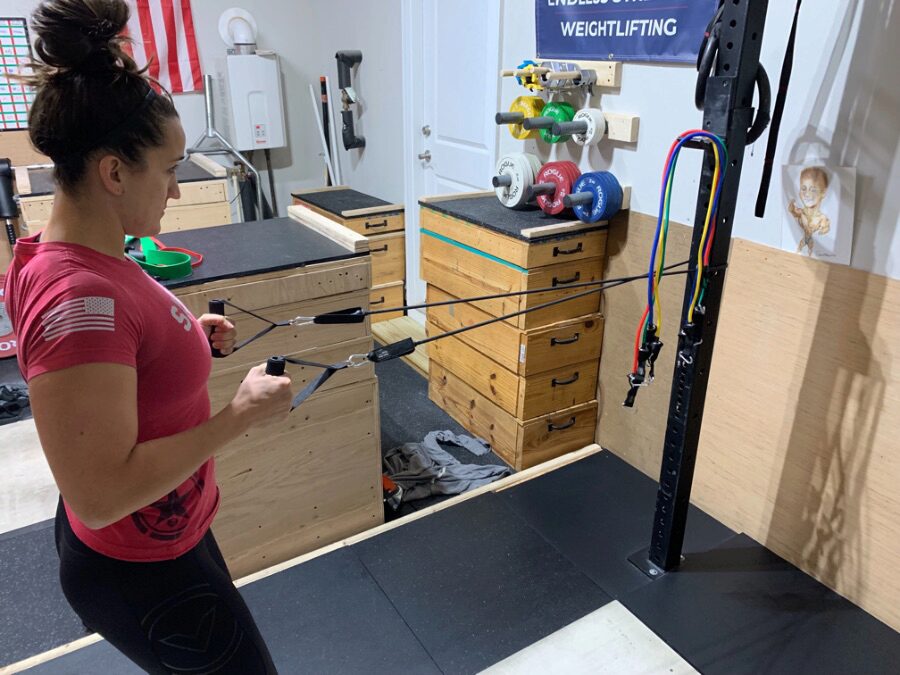
In fact, a 2019 meta-analysis published by SAGE Open Medicine3 in 2019 “showed that there is no superiority between training performed with elastic resistance and training with weight machines and/or free weights on strength gain.”
Resistance band fans should expect improvements to their agile strength, strength endurance, relative strength, speed strength, and starting strength. Using heavy duty resistance bands, like the heavy duty 200-pound Rogue Monster Band, should also help contribute to improvements to maximum strength as well.
RELATED: How Effective Are Resistance Bands? We Have The Truth
General Strength Training With Free Weights
The tried-and-true classic recipe for success – weight training. Most fitness enthusiasts are well-versed in the merits of incorporating barbells, dumbbells, and kettlebells into their routine, as lifting heavy weights and following the principles of progressive overload is a surefire way to improve muscle mass and overall body strength.
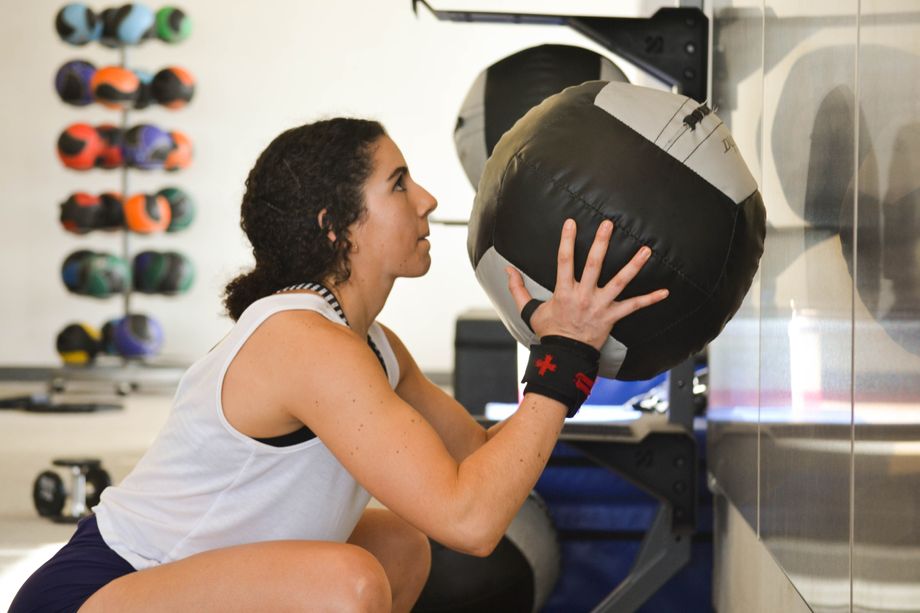
Weight training impacts various types of strength depending on what free weight you are using and how it is being used. For example, using a medicine ball and performing multiplanar movements will improve on agile strength, while performing a set of heavy deadlifts will encourage hypertrophy and improve on strength types like maximum strength, relative strength, and starting strength.
Free weights offer a good amount of versatility, and you may feasibly train most strength types with movements and rep schemes that cater to the strength you are working to improve.
RELATED: Dumbbells Vs. Kettlebells: The Battle For Free Weight Supremacy
Powerlifting
Powerlifting generally implies you’re going heavy on classic barbell exercises like the bench press, back squat, and deadlift.
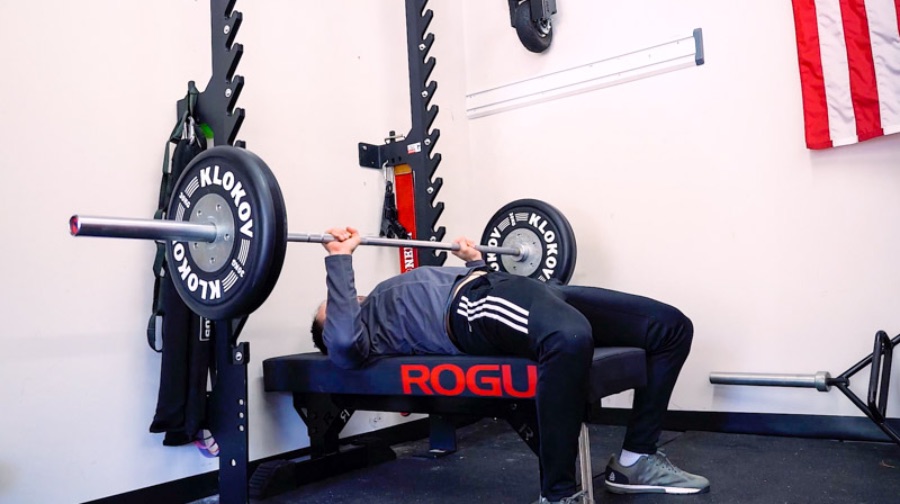
A comprehensive strength training program designed to maximize these three main lifts will often be specifically engineered to improve maximum strength, with some crossover benefits to starting strength as well.
Bodybuilding
Bodybuilders build muscle from head to toe, but it isn’t just about muscle size. It’s also about how pronounced each muscle and muscle group is. Competition judges are looking for definition, symmetry, and size.
Powerlifters often besmirch bodybuilders, criticizing their love for bicep curls and intense focus on aesthetics. Nevertheless, bodybuilding combines an eclectic mix of strength training exercises to target both the upper body and lower body while simultaneously incorporating cardio and other aerobic exercises to keep it lean.
For this reason, bodybuilders generally are improving all types of strength from their comprehensive strength training program, with an emphasis on agile strength, strength endurance, relative strength, and starting strength.
Powerbuilding
If powerlifting is all about building functional muscle strength, while bodybuilding is about cultivating an aesthetic physique, then what do you suppose “powerbuilding” entails?
You guessed it–powerbuilding employs principles of each and requires the lifter to both complete full-body workouts while also prioritizing posting big numbers for the classic big three lifts. Lots of heavy weight training is in store for powerbuilders, but other types of resistance are beneficial as well in meeting the long list of demands a powerbuilder must balance.
Because powerbuilding is so multifaceted and will diversify the workout program regularly, those who choose to train in powerbuilding should expect improvements to all strength types.
Olympic Weightlifting
Olympic weightlifting revolves around two main lifts: the clean-and-jerk, and the snatch. In both, the barbell travels from the floor to the overhead position, and the goal is often to do so as swiftly and explosively as possible.
If you’re working in sets of Olympic lifts regularly, you should see improvements in your agile strength, speed strength, and starting strength. The biggest and most noticeable improvement, however, will be in regard to your explosive strength, as executing a heavy clean and jerk requires incredible explosive power output on behalf of the lifter.
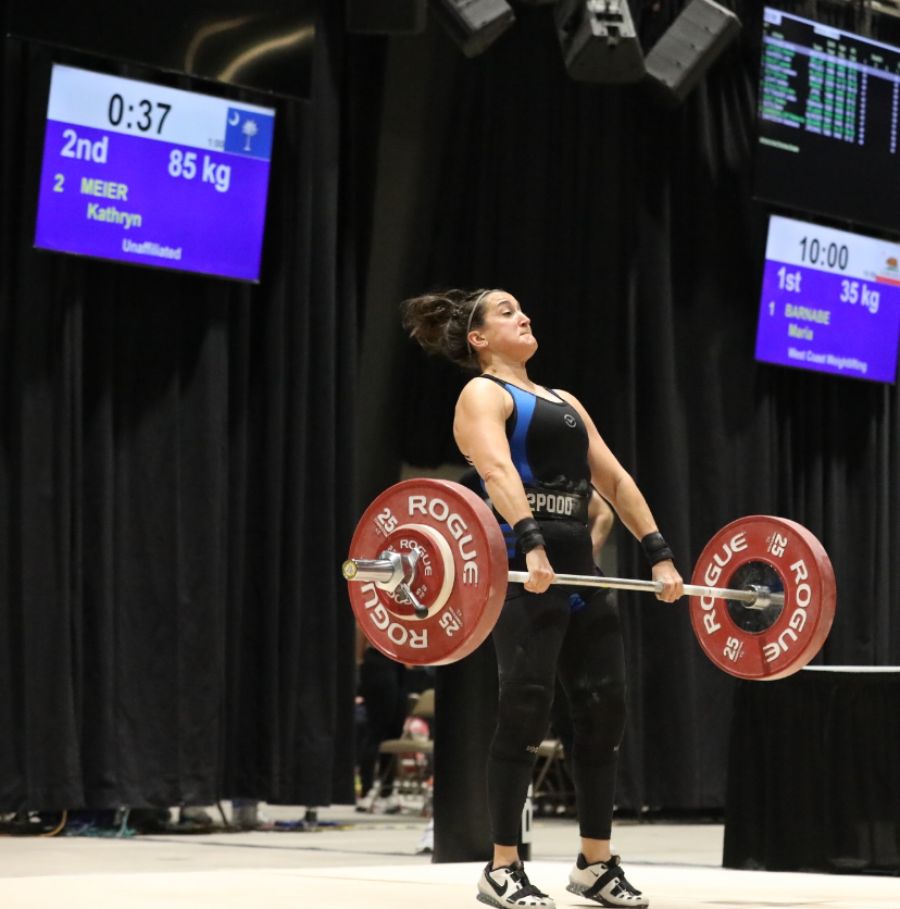
Olympic weightlifting regularly should influence other activities that require agile strength, explosive strength, speed strength, and starting strength. In fact, a 2016 meta-analysis published in the British Journal of Sports Medicine4 determined that performing these lifts can improve your vertical jump height.
Because Olympic lifts, vertical jumps, and other plyometric training modalities primarily influence similar strength types, researchers observed greater crossover in these areas when compared against those who predominantly trained using traditional resistance training methods.
CrossFit-Style Training and High-Intensity Resistance Training
Like powerbuilding, CrossFit is a multifaceted approach to fitness involving a combination of different types of exercise. Depending on the WOD and metcon, you might complete a warm up filled with bodyweight exercises, a set of heavy deadlifts for the day’s strength portion, and a conditioning WOD that involves running, kettlebell swings, and pull-ups.
What you are specifically doing at CrossFit will determine which type of strength you are training at any given moment. Because CrossFit keeps things constantly varied, expect an all-around fitness experience that improves overall strength and supports general physical preparedness as a whole.
RELATED: A CrossFit Coach And Athlete Ranks The Best Training Plans For CrossFit
Final Thoughts: Types of Strength Training
Remember– engaging in a strength training program will contribute to improved strength, but how you are training will determine how your gains will manifest in regard to sport performance, physical well-being, muscle strength and size, and general physical preparedness.
The seven types of strength are:
- Agile strength
- Strength endurance
- Explosive strength
- Maximum strength
- Relative strength
- Speed strength
- Starting strength
By curating your workout routine with exercises, resistance types, and strength programs that support the above strength type you are looking to build, you should see great results in comparatively less time. For a truly personalized approach, consult a certified personal trainer or coach.
Good luck out there, fitness fam!
Q&A: Types of Strength Training
What is the best type of strength training?
The answer to this question depends entirely on your personal goals and your own definition of strength.
Some feel the best representation of your strength is the one-rep max, so these individuals might praise programs that prioritize maximum strength. Others might prefer participating in endurance and events, and focus primarily on strength endurance training.
There’s no wrong answer, but the right answer depends on your personal sensibilities.
Is it better to perform slow or fast reps?
If you are working toward improving your strength endurance, maximum strength, relative strength, and starting strength, slower reps could be beneficial, allowing you to squeeze during each contraction. Slow and controlled barbell exercises, pull-ups, and other strength-oriented calisthenics will assist here.
If you’re working on building agile strength, explosive strength, and speed strength, you’ll be better suited performing faster, more explosive reps to train the fast-twitch muscle fibers. Think sprints, plyometrics, and Olympic lifts.
How does cardio factor into strength training?
Many people consider cardio and strength two totally separate sides of the fitness coin, but this isn’t true. Regularly performing cardio and other aerobic exercises helps elevate the heart rate, allowing you to perform better during heavy lifts and high intensity strength training.
The best approach is often an all-encompassing, multifaceted approach that includes cardio and strength training together.
RELATED: Cardio Vs Strength Training: Is One Type Of Exercise Better Than The Other?
References
1. McCall, P. 7 Different Types and Their Benefits. ACE Blog. 2015, June 29
2. Mear E, Gladwell VF, Pethick J. The Effect of Breaking Up Sedentary Time with Calisthenics on Neuromuscular Function: A Preliminary Study. Int J Environ Res Public Health. 2022;19(21):14597. Published 2022 Nov 7. doi:10.3390/ijerph192114597
3. Lopes JSS, Machado AF, Micheletti JK, de Almeida AC, Cavina AP, Pastre CM. Effects of training with elastic resistance versus conventional resistance on muscular strength: A systematic review and meta-analysis [published correction appears in SAGE Open Med. 2020 Sep 9;8:2050312120961220]. SAGE Open Med. 2019;7:2050312119831116. doi:10.1177/2050312119831116
4. Hackett D, Davies T, Soomro N, Halaki M. Olympic weightlifting training improves vertical jump height in sportspeople: a systematic review with meta-analysis. Br J Sports Med. 2016;50(14):865-872. doi:10.1136/bjsports-2015-094951


